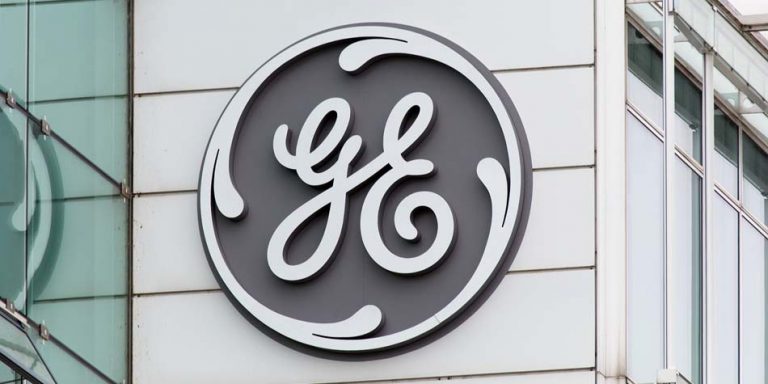It truly is incredible how General Electric Company (NYSE:GE) stock has performed. For over a year now, save for a brief rally in January, the GE stock price has gone nowhere but straight down. General Electric stock has lost 55% of its value in the last year, and hasn’t been this cheap in almost nine years.
It’s been an uninterrupted run driven almost solely by the market repricing GE stock. Earnings did disappoint in 2017, but it’s not as if there was a double-digit, single-day, post-earnings decline. Rather, the news surrounding GE simply has become worse and worse as time has gone on.
With the GE stock price now at $13, there are contrarian investors making a case for the stock. As Josh Enomoto pointed out this month, there is a gambler’s case to step into the decline. But I’ve continued to argue that General Electric stock isn’t worth chasing and, at $13, I still believe that’s the case for a number of reasons.
The Cash Flow Problem for General Electric Stock
On an earnings basis, GE stock looks like it’s rather cheap. 2018 guidance of $1-$1.07 suggests a 12-13 earnings-per-share multiple. That’s a multiple that values General Electric as if profits essentially will stay stable in perpetuity — and never grow again.
Adding to the seeming fundamental value, GE now offers a dividend yield of 3.7%. That’s in line with fellow Dow dividend stalwarts Procter & Gamble Co (NYSE:PG) and The Coca-Cola Co (NYSE:KO).
On both fronts, investors might believe the bad news is “priced in”. But that’s not necessarily the case. One key reason is GE’s cash flow — or lack thereof. Somewhat amazingly, General Electric actually has burned $4.5 billion in the last two years. Free cash flow this year is guided to 75 cents per share, below the reported adjusted earnings figure.
And in both cases, analysts don’t trust General Electric. Consensus EPS estimates for 2018 average 96 cents, below the company’s guided range. JPMorgan Chase & Co. (NYSE:JPM) analyst Stephen Tusa — a long-correct bear on GE stock — has
questioned the cash flow guidance as well, setting an $11 target on General Electric stock.
Even if guidance still is correct, GE trades at over 17x 2018 free cash flow. That’s a multiple that still suggests growth ahead — with little evidence of that growth coming.
Debt and Pension
Leverage is a double-edged sword. It amplifies returns and, as GE investors have learned, risk. For GE, both the company’s debt and pension obligations are starting to become a concern.
Moody’s downgraded GE’s unsecured debt in November. The firm forecasts a leverage ratio (debt to EBITDA) of 3.7 at year-end 2018. That assumes the company does hit its guidance.
The problem with the debt at the moment is that, combined with the free cash flow issues, it means GE’s dividend potentially is at risk for yet another cut. The company ended 2017 with $81 billion in debt and $40 billion in pension liabilities, according to its 10-K. Yet GE’s own guidance suggests that, after paying the dividend, the company will have an incremental ~$2 billion in cash flow this year.
That’s a rather thin cushion against $120 billion-plus in revenue. Modest margin compression could lead to missed guidance and send General Electric back to borrowing just to pay the dividend — and adding more debt to an already-stretched balance sheet. The combination of the debt and free cash flow concerns mean that General Electric simply doesn’t have much room for error.
A Breakup and the GE Stock Price
The concerns surrounding GE as a standalone have led to speculation the company could break itself up. The Power and Aviation businesses still have value. The company could do something with its 62.5% stake in Baker Hughes a GE Co (NYSE:BHGE) to raise cash and pay down debt.
But a breakup isn’t necessarily a panacea for GE’s problems. There are potential tax liabilities that could arise from such a move. CEO John Flannery hasn’t ruled out a breakup — but he hasn’t made any concrete steps in that direction, either. And with the accounting issues still present, and GE Capital still hanging over the company, spinning off or selling the trophy assets would leave a challenged company behind.
Admittedly, at $13, General Electric stock looks tempting. The company isn’t going to go bankrupt. And at some point, Flannery (or someone) will be able to stem the bleeding.
But there’s little reason to see that point in the near future — and so many investors have been burned trying to time the bottom in the GE stock price. There’s still not a good enough reason to take that risk just yet.
As of this writing, Vince Martin has no positions in any securities mentioned.

